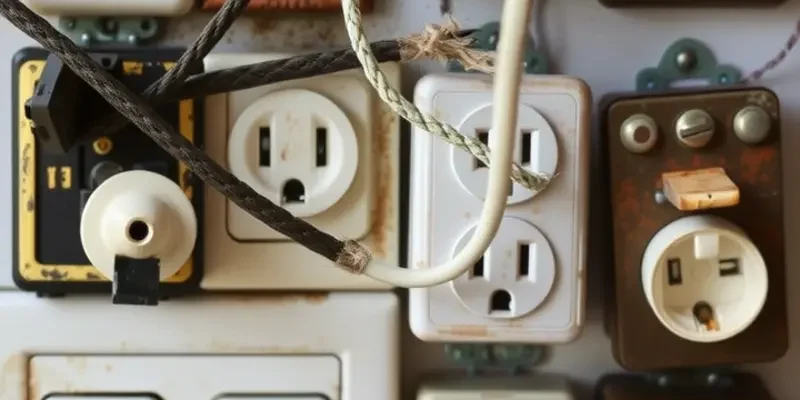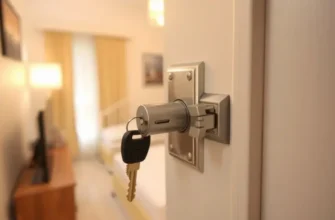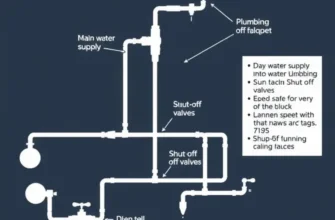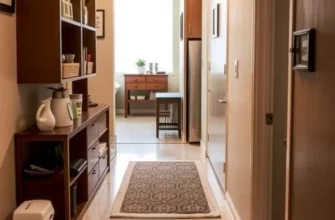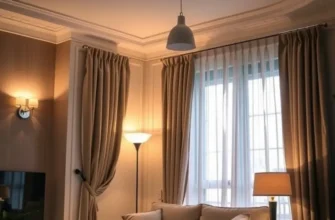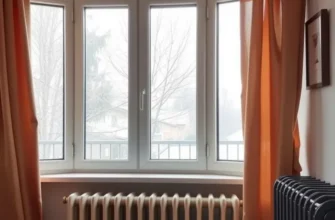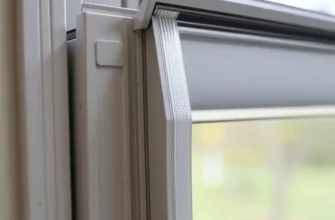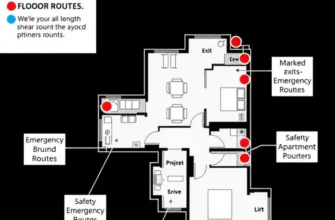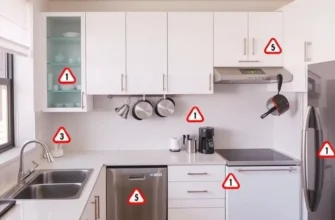For renters across the U.S., electrical outlet safety is a crucial yet often overlooked aspect of apartment living. With the convenience of modern devices comes the responsibility of ensuring that outlets are not only functional but also safe. Outdated or faulty outlets can lead to a variety of issues, from minor inconveniences to serious hazards like electrical fires or shocks. Understanding how to use your outlets safely can empower you to protect both your belongings and your well-being. This guide offers practical solutions and easy-to-follow tips for maintaining electrical safety without overwhelming you with technical jargon. By following these guidelines, you can enjoy a worry-free living experience while ensuring your home stays secure and functional.
Understanding Outlet Safety Essentials
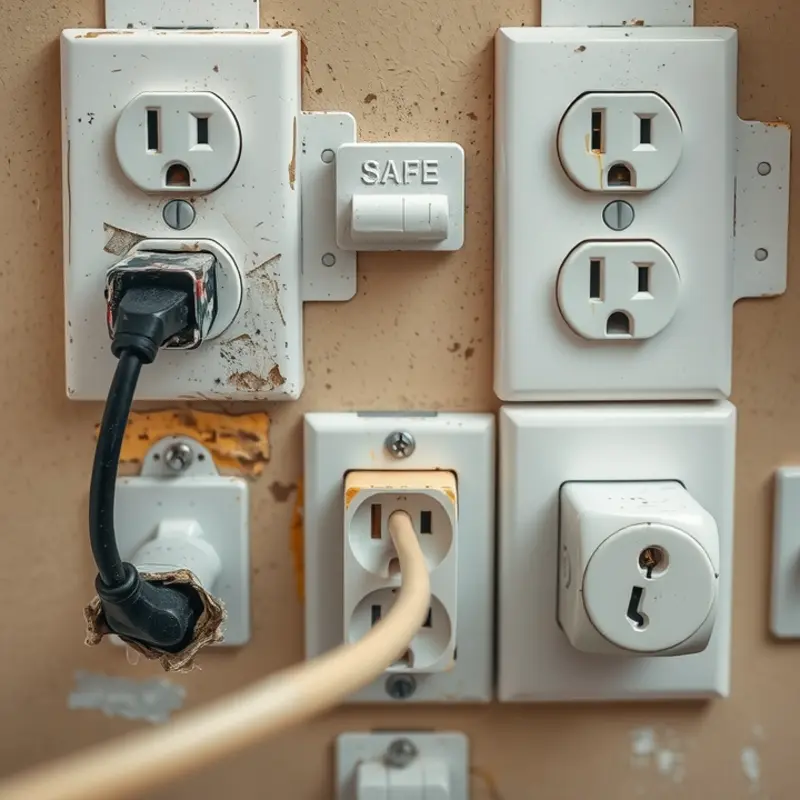
Electrical outlet safety is a crucial aspect of rental living that mustn’t be overlooked. For renters, understanding basic safety measures and recognizing potential risks can make a significant difference in maintaining a secure living environment. Unseen hazards often lurk behind old or improperly installed outlets, making it essential to familiarize oneself with safety essentials.
One of the fundamental steps in ensuring outlet safety is regular inspection. Look for signs of wear and tear such as discoloration, sparking, or loose-fitting plugs. Discoloration often indicates overheating, a serious risk that could lead to electrical fires. Similarly, sparking when plugging or unplugging appliances points to potential short circuits or exposed wiring. If you notice these signs, it’s crucial to contact your landlord or a professional electrician.
Safety is also about understanding the types of outlets. Modern electrical systems usually feature grounded outlets and GFCI (Ground Fault Circuit Interrupter) outlets in areas with water exposure, such as kitchens and bathrooms. Grounded outlets have a third, round prong that prevents electrical shocks, while GFCI outlets can detect imbalances in electrical flow, cutting power quickly to prevent shock.
Ensuring outlets are child-safe is a necessary consideration, even if there are no children currently residing in your home. Child-proofing can easily be accomplished with simple outlet plugs or covers, which help prevent little fingers from poking into unprotected slots. For a detailed exploration of how to enhance safety for children in apartments, visit apartment safety for children.
Beyond the outlets, the condition of the electrical cords in use is equally important. Inspect cords for any breaks, fraying, or exposed wires. Such damages can pose significant risks and should be repaired or replaced immediately. Using multiple extension cords or overloads on a single outlet must be avoided, as this can cause overheating and increase fire risk.
Furthermore, understanding the total electrical load on an outlet is integral. Outlets are generally rated for 15-20 amps and overloading them can cause the circuit breaker to trip, or worse, fire hazards. Be mindful of high-wattage appliances that draw significant power and avoid plugging too many into the same socket.
While renters are not typically responsible for the installation of outlets, maintaining communication with property management about any concerns is vital. Request an inspection or upgrade if you suspect outdated or inadequate wiring. Renters have a right to a safe living space, and electrical safety is a non-negotiable component. Being proactive and vigilant prevents accidents and ensures a worry-free living experience.
Maintaining electrical outlet safety might seem a minor aspect of renting, but it is one that warrants attention. Regular inspections, understanding the type and usage of outlets, child-proofing, and being cautious with electrical loads are crucial measures that provide a foundation for safety. As a renter, understanding these essentials empowers you to uphold safety and address issues promptly, ensuring your home remains a secure haven.
Practical Maintenance Tips for Renters
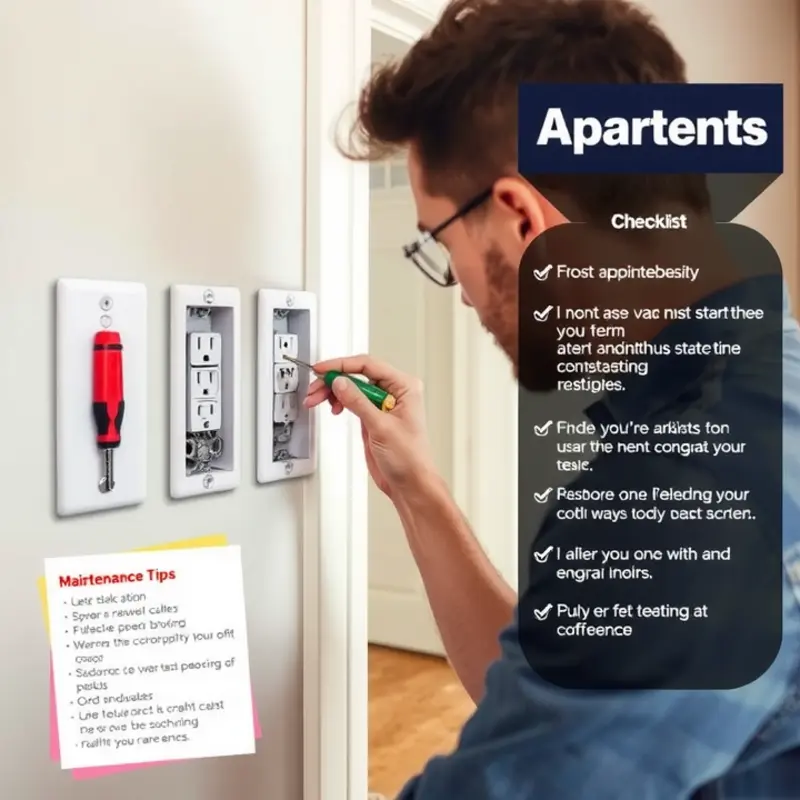
Electricity is an essential part of any living space. However, ensuring outlets remain functional and safe is equally important, especially for renters. Here are some practical and straightforward tips to maintain your outlets in pristine condition.
Begin with a regular visual inspection. Look at the outlet’s faceplate for signs of wear, cracks, or discoloration as these may indicate overheating or damage inside. If any of these signs are present, notify your landlord for a professional assessment.
Next, gently test outlet stability by inserting and removing a plug. If the plug fits loosely or falls out, the prongs inside may be worn out. Loose connections can cause electrical arcing, leading to safety hazards. In such cases, request your landlord replace the outlet promptly.
Ensure outlets are free from dust and debris buildup. Over time, dust can settle and pose a risk of fire when in contact with electrical loads. Use a dry brush to clear the area around the outlet or a can of compressed air. Avoid using any liquids as moisture can create short circuits.
Consider using outlet covers, especially if you have pets or children. Outlet covers can prevent accidental contact and reduce the risk of electrical shocks. They are simple to install and require no special tools, providing peace of mind without altering the outlet itself. For more tips on how to keep your apartment safe for children, check out apartment safety for children.
Ensure outlets are not overloaded. Avoid connecting multiple high-wattage devices to a single outlet. Such practices can lead to overheating and, eventually, fires. Use power strips with surge protection to manage your electrical load better. These strips can help distribute the load evenly across outlets.
Upgrade to ground fault circuit interrupters (GFCIs) in areas prone to moisture, like kitchens or bathrooms. GFCIs detect irregular current flows and shut off electricity, preventing dangerous electric shocks. While such upgrades typically require a landlord’s approval, they are worth discussing, as they increase both safety and property value.
Finally, educate yourself on the basics of outlet maintenance. Understand what a tripped breaker means and how to reset it safely. Familiarize yourself with the circuit breaker panel’s layout, adding labels if necessary. This knowledge empowers you to handle minor disruptions confidently and reduces unnecessary inconveniences.
By following these practical steps, you can ensure the safe and efficient operation of your electrical outlets, making your rented home a secure and comfortable space.
Final words
Ensuring the safety of electrical outlets in your rental apartment is essential for your peace of mind and protection against potential hazards. By understanding the basic safety essentials and regularly maintaining your outlets, you can create a secure environment in your home. Always stay vigilant and proactive about any signs of wear or malfunction, and take immediate action when necessary. Remember, being an informed renter not only keeps you safe but also enhances your overall living experience.

